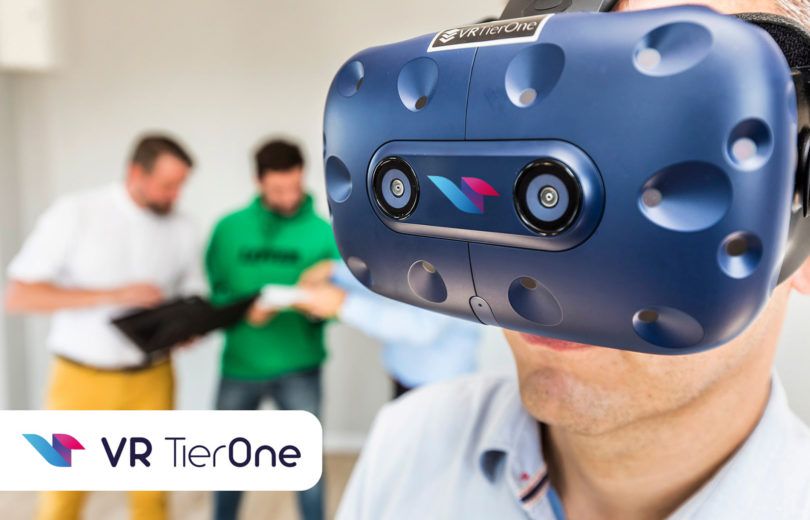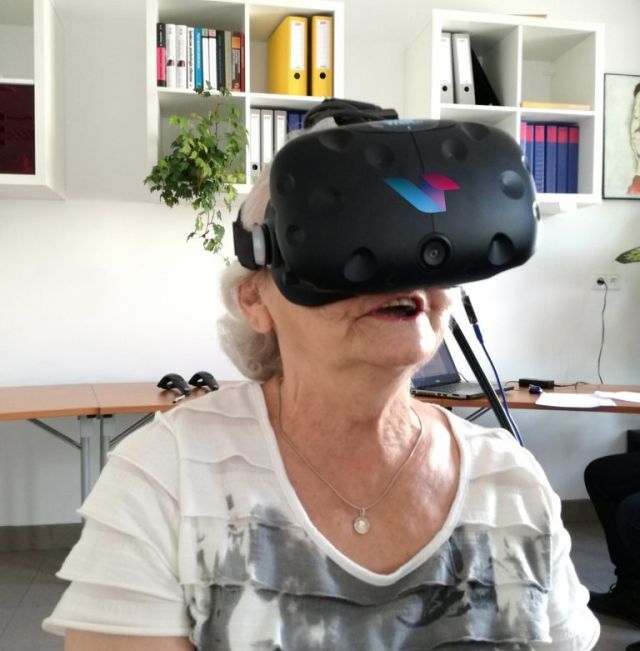Virtual Reality ( VR) evades a simple definition. The term “Virtual Reality” was first used in 1938 by the French actor and playwright Antonin Artaud, to describe the illusory world of theater. Although Virtual Reality is still a novelty for some people, it is not, at all, an invention of the 21st century. Even before computers were first invented, there were technical possibilities of creating the illusion of artificial reality in minds of people. An example may be monumental panoramic painting, popular in 19th century Europe, supplemented with decorations, which made the viewer feel the illusion of participating in an event immortalized by the artist.
Virtual Reality, as a concept nowadays understood as inseparably connected with computer technology, was popularized by the American IT scientist and futurologist Jaron Lanier. In its present form, it is much more than just a breathtaking view and a three-dimensional experience. Thanks to computers and IT, it is possible to generate images and sounds, and even haptic sensations, with use of appropriate VR accessories, e.g. controllers. The development of VR meant that we can not only observe the artificially created world, but also participate in it, experience the created world with our whole beings.
Immersion is a concept attributed to Virtual Reality. To understand what the phenomenon of immersion is, it is worth going back to the root of the word. From the Latin immergo, it means ‘to immerse or sink something in something’. It is immersion that is the desired state achieved by users of VR headsets. After putting on special goggles, the user does not see the outside world, is cut off from external stimuli and is quickly and safely transported into a digitally created space. The image is displayed in real time and adjusted to the user’s movements, which enhances the illusion of reality and allows full immersion, which is total immersion.

Thanks to the goggles and other VR accessories, the user's brain perceives the virtual world as real.
The VR experience is offered as an illusion, nobody says it’s true. And we don’t have to do that! Although the recipients know that what they experience is an illusion, they do experience the reality mentally and bodily. VR evokes real emotions and brings real effects, which is why content creators are responsible for what the recipients experience. VR can be just anything. This feature can be used in many fields, VR can be used for entertainment, but also for the good cause of helping people, e.g. in healthcare.
VR in medicine is an area with fascinating possibilities. It can be useful for doctors in training and improving their skills, it can support therapists by creating new solutions for working with patients, and help patients overcome pain and other unpleasant experiences related to a hospitalization or their condition. The ever better technology means that the quality of the displayed image in the goggles increases, and the weight and size of the goggles themselves decrease, making the reception of the virtual world more pleasant an experience.
VR TierOne was created because we see the potential of Virtual Reality in improving the psychophysical health of patients with depression and anxiety, especially after severe illnesses. We have created both a medical device and the therapeutic content to which the device provides access. The virtual Garden of Rebirth, created by our specialists in a scientifically proven way reduces the level of stress, anxiety and depression. We notice openness of patients of all age groups to our solution. Replacing real unpleasant sensations with the soothing ones flowing from VR frees one from sadness, fear and apathy. All this to help people with lower mood and anxiety recover faster.




